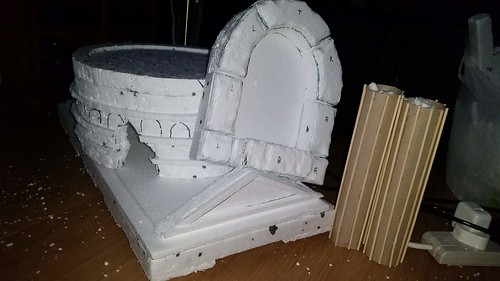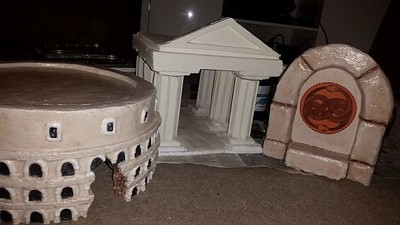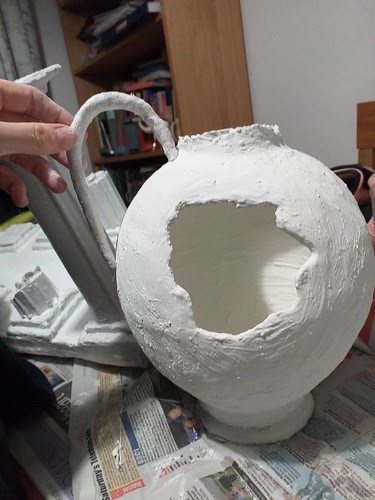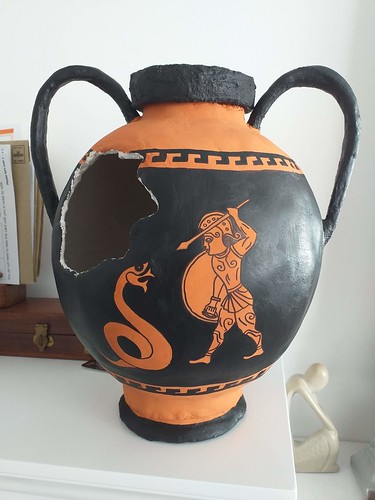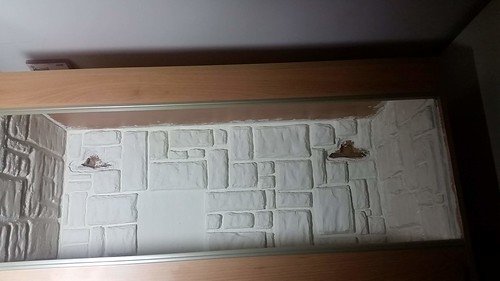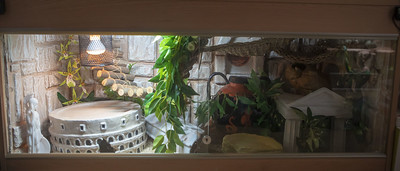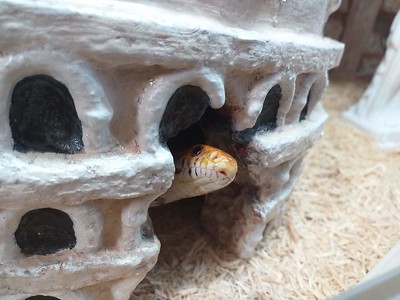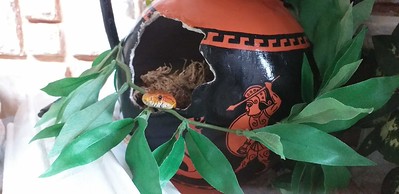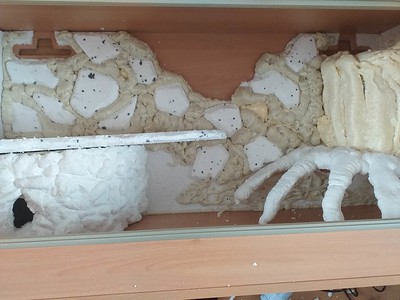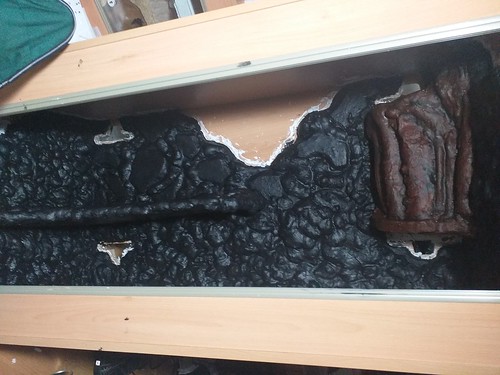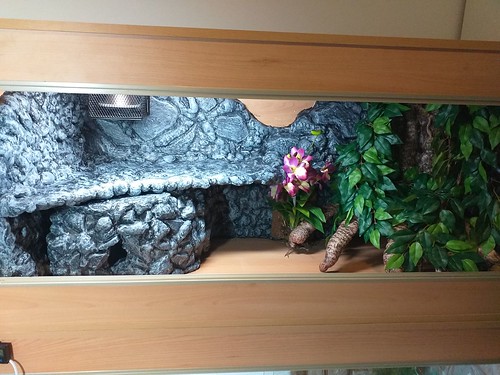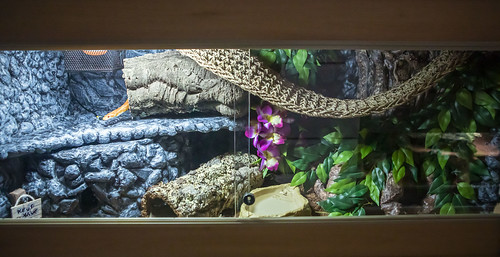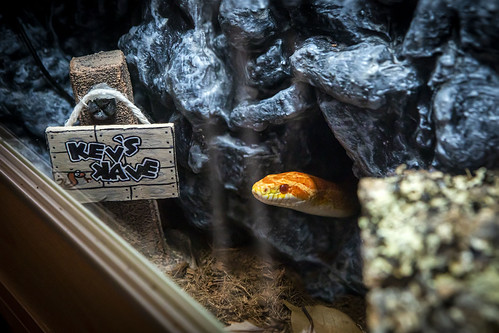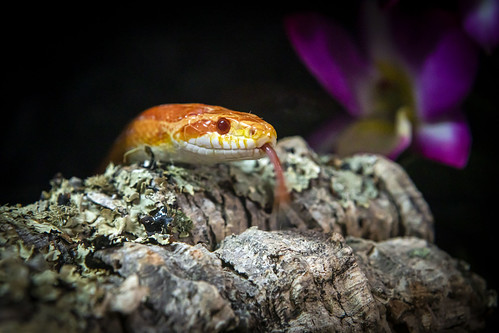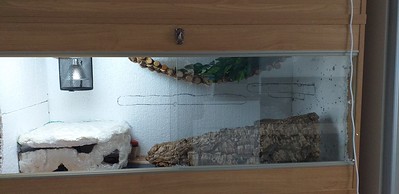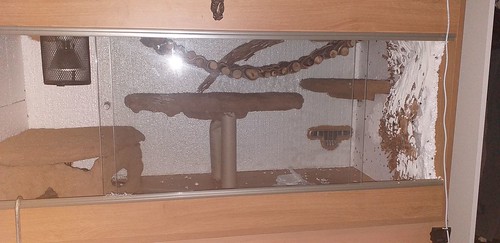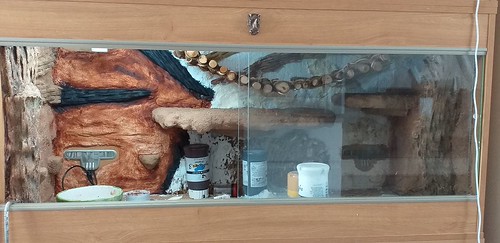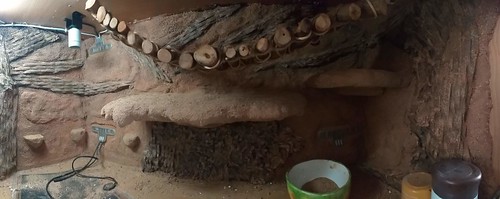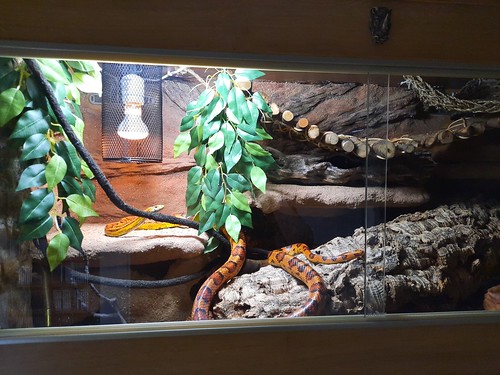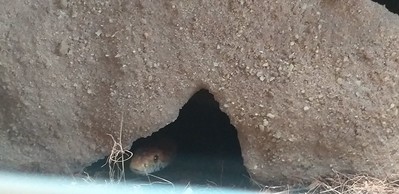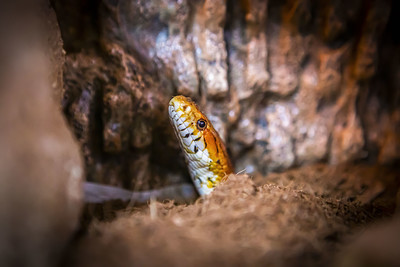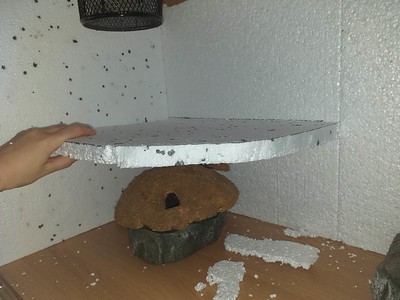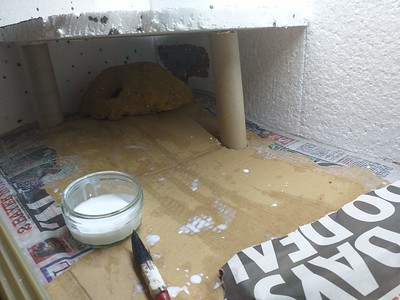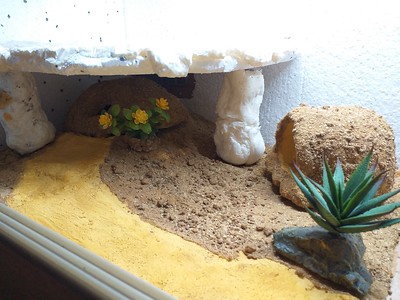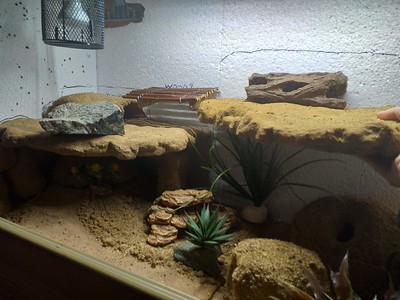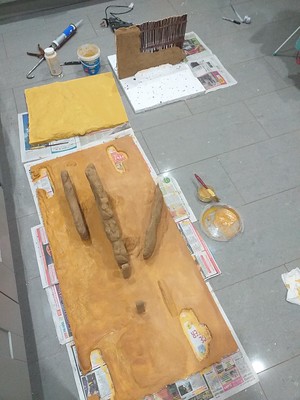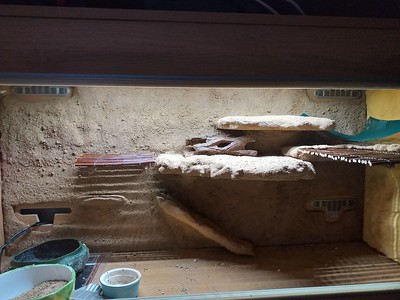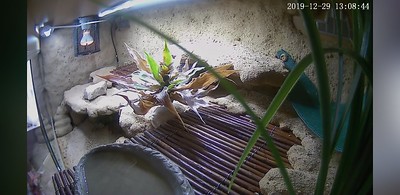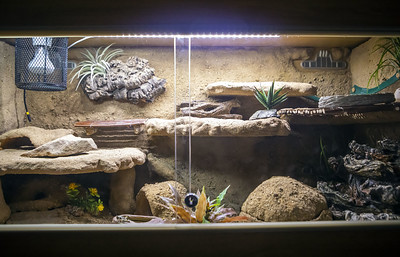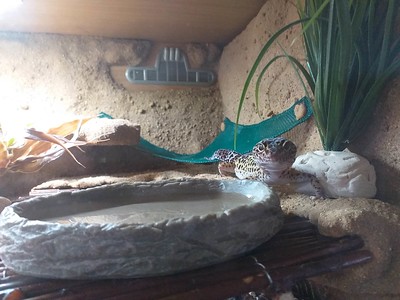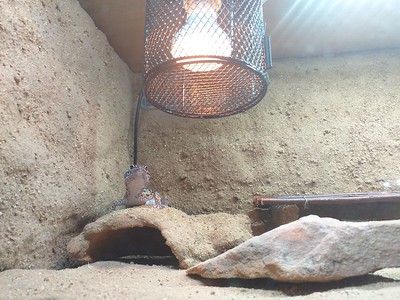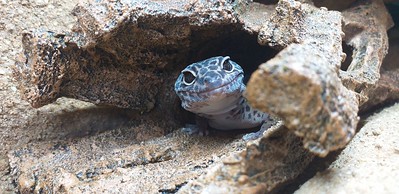Each species varies in the complexity of care required to meet their needs, but generally speaking, snakes are the simplest reptiles to care for as they have the least complex needs. As they eat whole prey they don’t typically need nutritional supplementation, and only eat every 1-2 weeks, Corn Snakes would be my personal recommendation on the snake front. Lizards usually rely on a more varied diet and typically require extra nutritional supplementation (usually in the form of species specific multivitamin powder and calcium). They often eat more frequently (ranging from daily to once a week depending on species and age), and usually have a strong dependancy on proper UV set-up. For a lizard, a Leopard Gecko would be my recommendation to a beginner. Tortoises are arguably the most difficult to keep with their care requirements typically being more complex than that of snakes and lizards. Box turtles are quite popular for beginners.
I actually wrote an article on this a while back that you might find helpful
Is a Reptile Right For You?
On the subject of diseases, disease risk tends to be pretty low in captive populations that have been properly looked after. Salmonella is one of the more well known diseases to affect reptiles, although this is not so common in captive bred animals. I’ve personally not come across an infected reptile myself, but regardless it is always good practice to sanitise your hands before and after handling, not only as a safeguard for yourself but for that of the reptile. Reptiles are also generally considered to be hypoallergenic pets.
For an optimal environment:
-The first thing is a large enough enclosure. The bigger the enclosure the better but it also wants to be adequately secure to prevent escape (e.g. consider fitting enclosure with a lock). If possible, wooden vivariums are the preferred option as they retain heat better than glass enclosures.
-Generally you’ll want a heat lamp for a basking area (preferably an incandescent flood type lamp), this wants to be hooked up to a thermostat (dimming stat) and set to the species optimal basking temperature. Heat lamps without thermostats can cause an enclosure to overheat and prove fatal. Heat mats are an option as a secondary heat source but not essential when a heat bulb is in use. Heat mats would also want to be regulated by a thermostat (on/off stat).
-Digital thermometers should be positioned at the basking area and another in the cool side to keep an eye on temperatures and make sure a proper temperature gradient is being maintained. Temperature guns are also useful for spot checking temps.
-UV lighting is beneficial to all species, as all reptiles utilise UV to some degree, including nocturnal species. What UV light to use is dependant on species, Arcadia Reptile have a handy tool to help choose the correct light for the species.
Lighting Guide - Arcadia Reptile
-Heat/UV lights can be plugged in to timers, it’s simplest to set it for 12 hours on and 12 hours off (e.g. 8am - 8pm).
-Reptiles require proper coverage to feel secure in the form of hides and clutter (leaves/rocks/braches etc). A few hides should be provided throughout the enclosure on both warm and cool side with one hide being a dedicated humid hide, sphagnum moss is usually a good medium for the humid hide.
-Some reptiles like to soak in their water dish so it’s useful to have a dish large enough for the reptile to fit inside.
Hot rocks are notoriously recommended to be avoided as they can cause burns. I personally do not like sand as a substrate for species such as bearded dragons or leopard geckos due to impaction issues. Don’t bother with the coloured bulbs (red or blue bulbs). They’re often sold as nighttime viewing bulbs but are disruptive to the reptile, no lights should be on at night. Ceramic Heat Emitters (CHE’s) are a type of heat lamp that do not produce light, they’re good for warming the ambient air but useless as basking lamps. The dial-type thermometers are slow to respond to temperature changes and usually pretty inaccurate, I'd stick with digital thermometers. A digital hygrometer is also useful.
I think that might just about cover the basics for now but if there’s anything more specific you want to know about I’m happy to answer. Personally for me, my reptiles weren’t just pets but were a life changing force, I couldn’t imagine life without them.
If you're on Facebook, there's a really good Facebook group called "Advancing Herpetological Husbandry", probably the best source of information for the most up-to-date optimal care of reptiles around.
There's also some really good Youtube channels such as "Reptiles and Research" and "JTB Reptiles" which are worth checking out. "Lori Torrini" Specialises in snake training and enrichment videos which I personally find really cool.
https://www.youtube.com/c/ReptilesandResearch/videos
https://www.youtube.com/c/JTBReptiles/videos
https://www.youtube.com/c/LoriTorriniAnimalBehavior/videos
